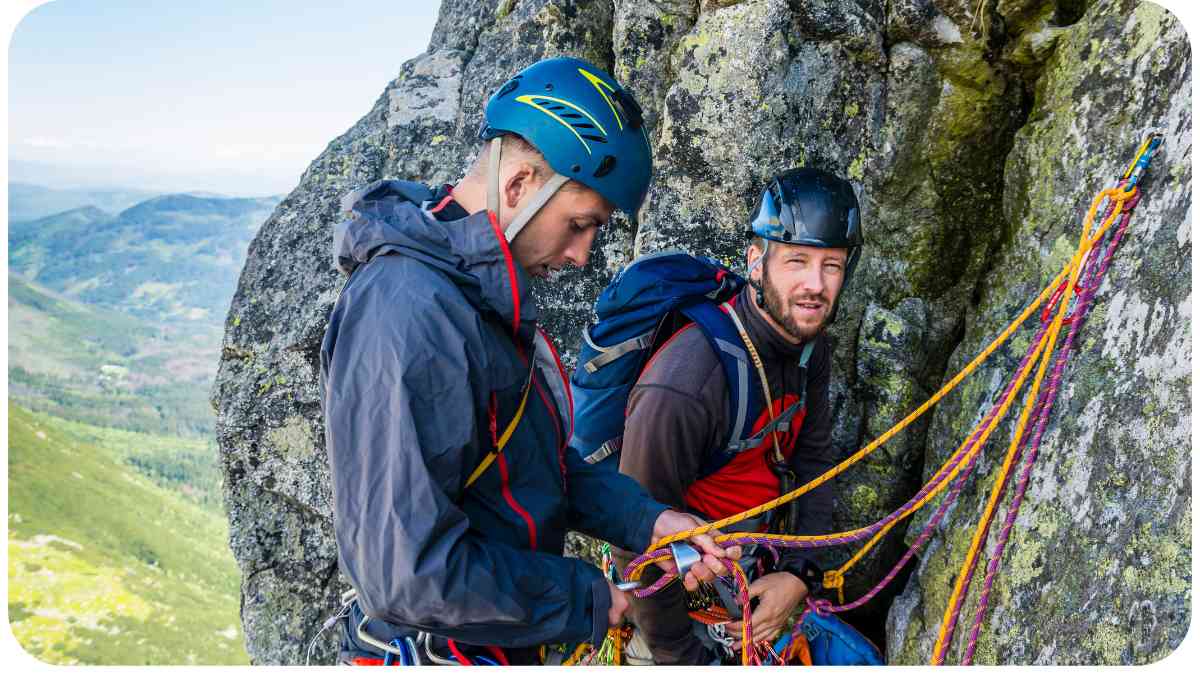Welcome to the world of lead climbing, where the thrill of ascending new heights is only rivaled by the challenges it presents. As an experienced lead climber, I’ve encountered numerous concerns and obstacles along the way.
In this article, I will share insights, tips, and anecdotes to help you overcome common lead climbing concerns and enjoy a safer, more exhilarating climbing experience.
| Takeaways |
|---|
| Pursuing climbing can teach valuable life lessons and leadership skills. |
| Overcoming challenges in climbing fosters resilience and a growth mindset. |
| Trust and effective communication are essential in climbing partnerships. |
| Embracing failure and learning from setbacks is crucial for personal development. |
| Planning and preparation are crucial for success and safety in climbing. |
| Courage and facing fears in climbing can translate to facing challenges in life. |
| Success in climbing requires perseverance, discipline, and dedication. |
| Building a supportive climbing community enhances motivation and enjoyment. |
Understanding Lead Climbing
Before delving into specific concerns, it’s essential to understand the basics of lead climbing. This climbing technique involves ascending a route while securing the rope to the wall as you progress. To embark on a successful lead climb, you need the following equipment:
Explore the ultimate ice climbing guide in the USA, featuring tips, techniques, and must-visit spots. Learn how to conquer challenging terrains with the Ultimate Guide.
Lead Climbing Equipment Checklist
| Equipment | Purpose |
| Climbing harness | Safely attaches you to the rope |
| Dynamic climbing rope | Absorbs energy in case of a fall |
| Quickdraws | Connects the rope to the bolts on the climbing route |
| Climbing shoes | Provide grip and precision on the climbing holds |
| Chalk bag | Keeps your hands dry for better grip |
| Helmet | Protects your head from falling rocks and impacts |
| Belay device | Controls the rope during belaying |
| Locking carabiners | Ensures secure connections between harness, rope, and gear |
| Slings and runners | Offers versatility and extends your equipment reach |
| Personal anchor system | Provides security during rope transfers or rest periods |
Now that we have the necessary equipment sorted, let’s address some of the common concerns and find practical solutions.
Overcoming Fear of Falling
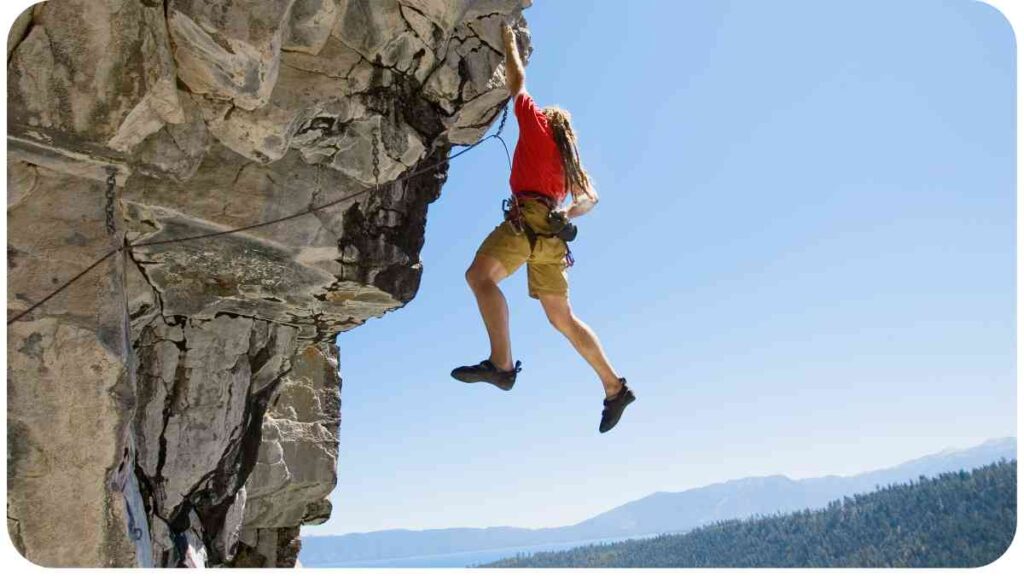
Fear of falling is one of the most common obstacles that climbers face. However, it shouldn’t hold you back from reaching new heights. Understanding your fears and implementing strategies to overcome them can help you conquer this anxiety.
Common Fears and Strategies to Overcome Them
| Fear | Strategy |
| Fear of heights | Gradually expose yourself to heights, starting from lower heights and gradually increasing your comfort zone. |
| Fear of losing control of the rope | Practice falling and letting the rope catch you, building trust in your belayer and equipment. |
| Fear of inadequate gear and protection | Double-check and maintain your gear regularly, ensuring it is in good working condition. Have trust in your equipment and understand how it works. |
| Fear of injury or pain | Focus on proper technique, use crash pads when bouldering, and employ correct falling techniques to minimize the risk of injury. |
| Fear of failure and judgment from others | Remember that everyone starts somewhere, and climbing is about personal growth and enjoyment. Surround yourself with supportive climbing partners. |
Remember, overcoming these fears takes practice, persistence, and patience. Embrace the learning process, and with time, you’ll notice your fears diminishing.
Improve your speed climbing game with these 10 expert tips. Elevate your climbing skills and overcome challenges faster. Check out the Speed Climbing Tips for a competitive edge.
Building Endurance and Stamina
Endurance and stamina are vital for sustaining energy over long, challenging climbing routes. By incorporating targeted training exercises into your routine, you can enhance your climbing endurance.
Endurance-Building Training Schedule
| Day | Activity |
| Monday | Long-distance running or cycling |
| Tuesday | High-intensity interval training (HIIT) |
| Wednesday | Rest day |
| Thursday | Endurance climbing on easy routes |
| Friday | Core and strength training |
| Saturday | Bouldering or indoor climbing session |
| Sunday | Rest day |
Incorporating this training schedule into your routine will help improve your endurance and stamina, enabling you to tackle longer and more challenging lead climbing routes.
Managing Rope Drag
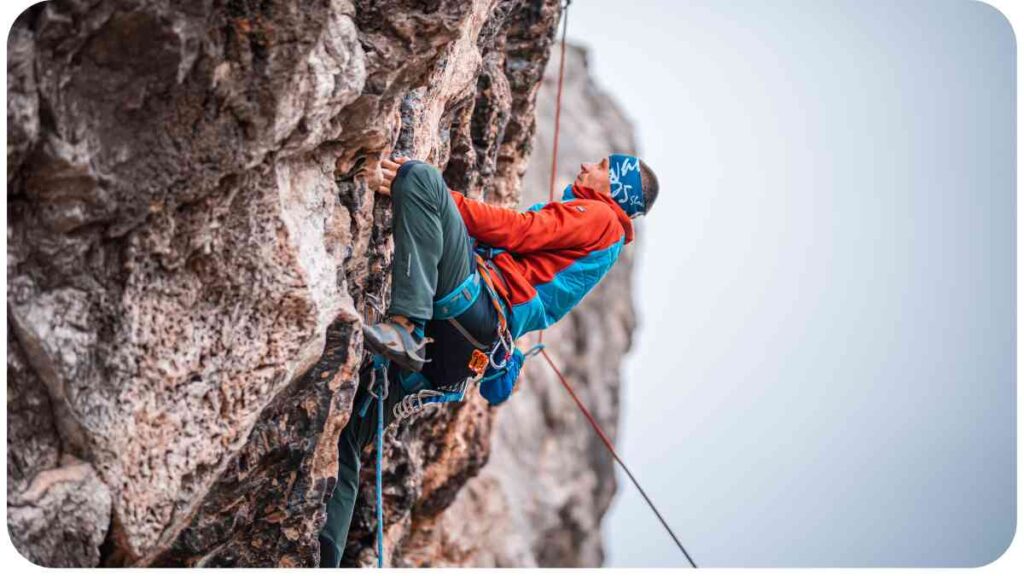
Rope drag occurs when the rope gets caught or tangled on the climbing route, making it difficult to move smoothly. Managing rope drag is crucial for maintaining a seamless climb without unnecessary resistance.
Avoid common mistakes in bouldering to enhance your climbing performance. Discover 15 pitfalls and how to sidestep them in the Common Mistakes guide for boulderers.
Lead Climbing Routes with High Rope Drag
| Route | Difficulty Level | Rope Drag Intensity |
| The Chimney | Moderate | Low to Medium |
| The Edge of Glory | Difficult | Medium to High |
| Jungle Canopy | Easy | Low |
| Dark Matter | Challenging | Medium to High |
| The Glass Ceiling | Moderate | Low to Medium |
When tackling routes with potential rope drag, consider using long slings or quickdraws strategically placed to decrease rope drag. This will help maintain efficient climbing movement and prevent unnecessary resistance.
Improving Rope Management
Efficient rope management is essential for a smooth and safe lead climbing experience. By mastering a few key techniques, you can avoid tangles, knots, and other rope-related frustrations.
Essential Rope Management Techniques
| Technique | Description |
| Coiling and Flaking | Properly coil and flake the rope before each climb to prevent tangles and ensure easy rope handling. |
| Rope Bag | Use a rope bag or backpack to keep the rope organized and protected during transportation. |
| Rope Threading | Familiarize yourself with different threading techniques to ensure smooth rope clipping. |
| Rope Tarp | Utilize a rope tarp under the climbing route to keep the rope clean and reduce potential tangles. |
| Rope Care and Inspection | Regularly inspect the rope for signs of wear and tear, and follow proper cleaning and care methods. |
By implementing these rope management techniques, you’ll experience less frustration and more focus on your climbing.
Embark on a journey to conquer the world’s most challenging rock climbing routes. Gain insights into the Challenging Rock Climbing Routes that push climbers to their limits.
Handling Climbing Falls
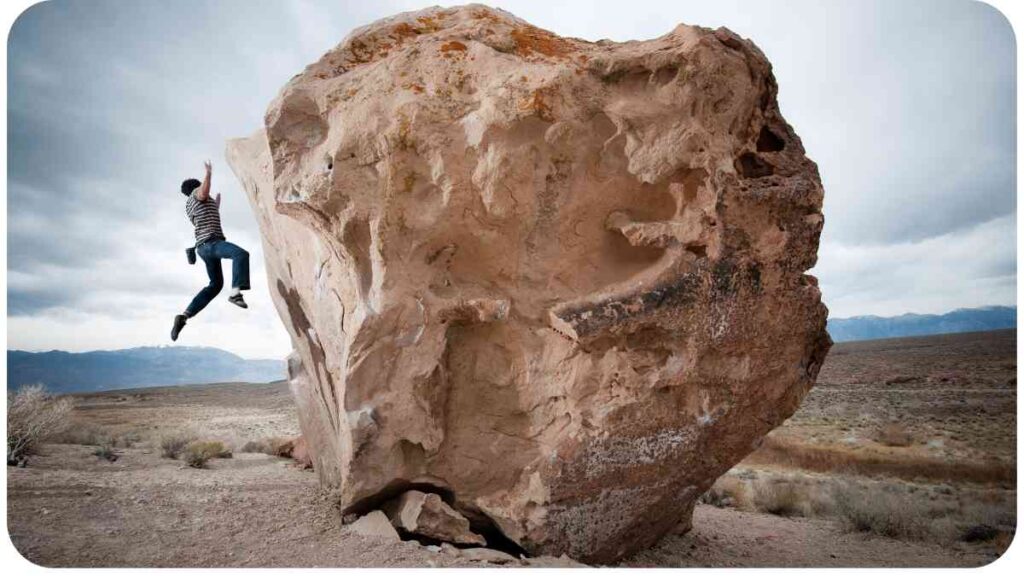
Falling is an inevitable part of lead climbing, but understanding how to handle falls can reduce the risk of injuries and instill confidence in your climbing abilities.
Consequences of Falls and How to Minimize Risks
| Consequences | Risk Reduction Strategies |
| Rope Burn | Wear gloves to protect your hands and practice controlled falling techniques to minimize rope burn. |
| Twisting of Ankles | Pay attention to foot placements, use proper technique, and wear supportive climbing shoes. |
| Hitting the Wall | Maintain a safe distance from the wall during falls by leaning away from it and avoiding dangerous swings. |
| Rockfall | Choose routes with less loose rock and always be mindful of potential rockfall hazards. |
By being aware of potential consequences and implementing risk reduction strategies, you can mitigate the risks associated with lead climbing falls.
Dealing with Pumped Forearms
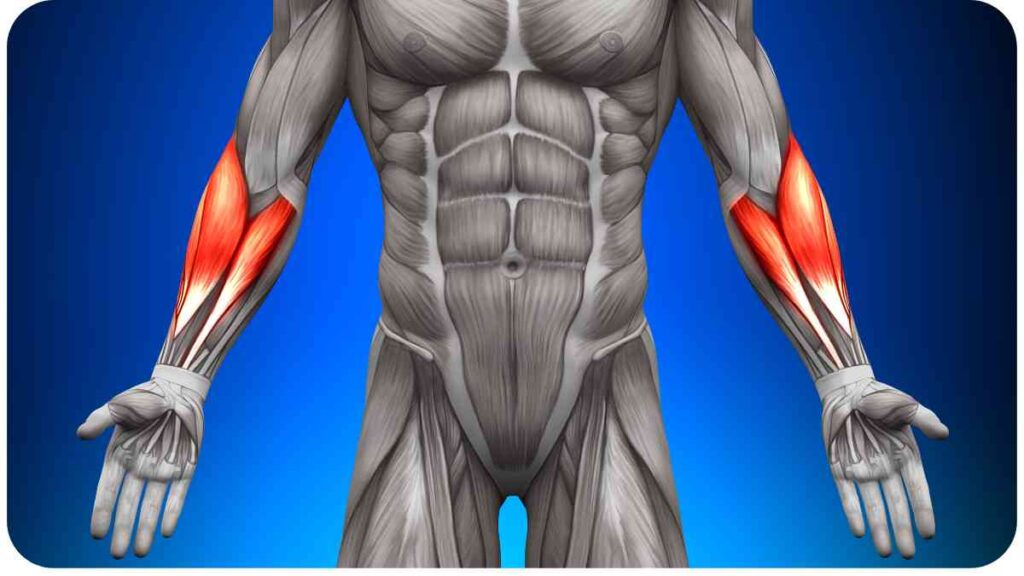
Pumped forearms occur when the forearms become fatigued and overworked due to prolonged or intense climbing. Learning to manage and relieve forearm pump is vital for maintaining a strong grip and advancing through challenging climbs.
Techniques to Relieve Pumped Forearms
| Technique | Description |
| Shake Out | Shake out your forearms intermittently during climbs to increase blood circulation and relieve tension. |
| Stretching | Incorporate stretching exercises specifically targeting the forearm muscles to alleviate tension. |
| Rest Positions | Practice finding rest positions during climbs to allow the forearms to recover momentarily. |
| Proper Breathing | Focus on deep and rhythmic breathing to provide oxygen to fatigued muscles and reduce tension. |
| Soft Grip | Be mindful of gripping holds with excessive force and aim for a relaxed, yet controlled grip. |
By integrating these techniques into your climbing routine, you can effectively manage pumped forearms and push through challenging sections of a route with greater ease.
Mastering Lead Belaying
Belaying is a critical skill for lead climbers as it ensures the safety and protection of both the climber and belayer. Mastering lead belaying techniques is essential to foster trust and maintain a safe climbing experience.
Thrill-seekers, discover 15 epic mountaineering challenges that will test your limits. Prepare for adventure with the Mountaineering Challenges that promise exhilarating experiences and breathtaking views.
Different Types of Lead Belay Devices
| Belay Device | Description |
| ATC Guide | Versatile belay device that allows for smooth rope control and can accommodate multiple rope diameters. |
| Grigri | Assisted braking device that provides added security and ease of handling during lead belaying. |
| Reverso | Multi-purpose belay device with auto-block capabilities, ideal for lead climbing and rappelling. |
| Mega Jul | Lightweight belay device with advanced braking features for lead belaying and sport climbing. |
| GriGri+ | Provides assisted braking and is equipped with additional safety features for lead climbing. |
Remember to familiarize yourself with the specific belay device you choose and always follow manufacturer instructions and safety guidelines.
Developing Trust in Your Climbing Partners
Trust is the foundation of every successful climbing partnership. Establishing trust with your climbing partner(s) enhances safety, communication, and overall enjoyment of the climbing experience.
Characteristics of Trustworthy Climbing Partners
| Characteristic | Description |
| Communication | Maintain open and clear communication, discussing plans, concerns, and expectations before each climb. |
| Support | Offer encouragement and support to each other, celebrating successes and providing constructive feedback. |
| Safety Focus | Prioritize safety and adhere to proper climbing protocols, ensuring gear checks and belay technique proficiency. |
| Reliability | Dependability is key – reliable climbing partners show up on time, follow through with commitments, and take climbing seriously. |
| Mutual Respect | Show respect for each other’s abilities, decisions, and climbing style. Embrace and celebrate individual strengths. |
Establishing trust with your climbing partner(s) fosters a positive and cohesive climbing partnership, leading to safer and more enjoyable climbing experiences.
Enhancing Mental Focus and Concentration
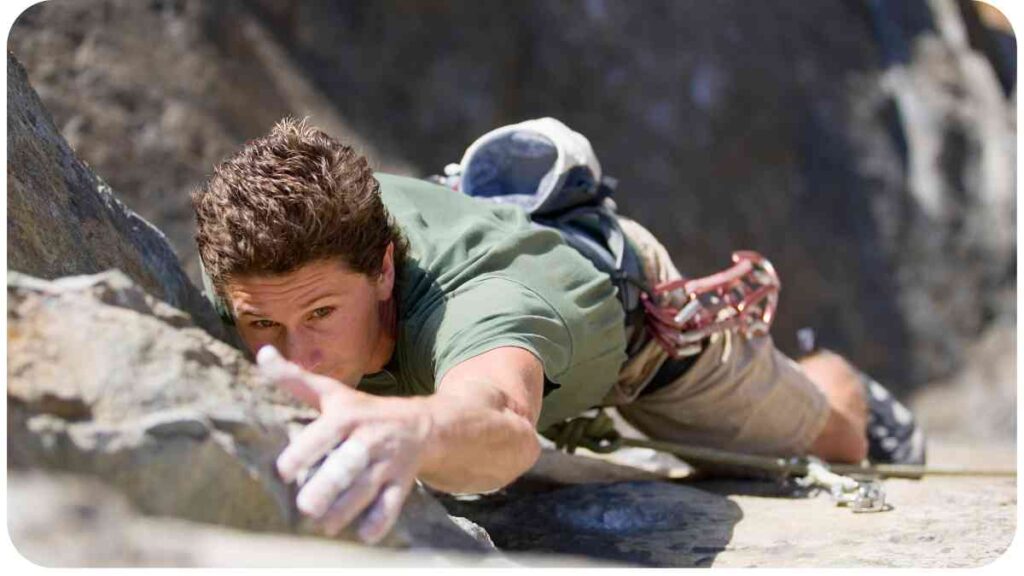
Mental focus and concentration play crucial roles in lead climbing. Maintaining a clear and focused mind can help you overcome challenges and perform at your best.
Mental Focus-Building Techniques
| Technique | Description |
| Visualization | Visualize successful climbs, including each move, to build confidence and mental preparedness. |
| Positive Affirmations | Use positive affirmations and self-talk to boost confidence and maintain a resilient mindset. |
| Breathing Techniques | Practice deep breathing exercises to calm the mind, reduce anxiety, and increase focus. |
| Mindfulness | Incorporate mindfulness techniques, such as meditation and mental relaxation exercises, to enhance mental clarity. |
| Goal Setting | Set clear goals and objectives for each climb, providing a sense of direction and motivation. |
By incorporating these mental focus-building techniques into your climbing routine, you can sharpen your mental skills and enhance your performance on challenging lead climbs.
Handling Rope Tangles and Knots
Rope tangles and knots can be frustrating and time-consuming. Learning how to navigate and untangle them efficiently can save valuable climbing time and ensure a smoother climbing experience.
Common Types of Rope Tangles and How to Untangle Them
| Rope Tangle | Untangling Technique |
| Overhand Knot | Loosen the knot by pulling opposite ends of the rope. Work through the knot methodically until it is fully unraveled. |
| Figure-Eight Knot | Gently pull the rope from different angles to untangle the knot. Use your fingers to manipulate the twists and loops. |
| Butterfly Coil Tangle | Unravel the rope from one end, patiently untwisting any knots or tangles as you go. |
| Bird’s Nest Tangle | Gradually loosen the tangled sections by teasing them apart with your fingers or a small object. |
| Crossover Knot (Reef Knot) | Untangle by tracing the rope’s path through the knot, identifying crossed sections and carefully separating them. |
Remember to take your time when untangling rope tangles, ensuring you don’t create further knots or snags in the process.
Navigating Difficult Climbing Moves
Certain climbing moves can pose challenges and require specific techniques to overcome. Mastering these techniques can improve your ability to navigate difficult moves and progress on challenging climbing routes.
Tips for Mastering Common Climbing Techniques
| Climbing Technique | Description |
| Dynos | Practice explosive movements, generating momentum to reach distant holds. |
| Heel Hooks and Toe Hooks | Develop footwork precision and learn to hook your heel or toe over holds for added stability and leverage. |
| Gastons and Underclings | Familiarize yourself with techniques that involve pulling on holds with thumbs pointing down or palms facing up. |
| Mantle | Develop upper body strength and technique to effectively mantle onto ledges or top-out on boulder problems. |
| Smearing | Master the art of using your climbing shoes’ rubber to create friction on smooth or featureless rock surfaces. |
By focusing on these climbing techniques and practicing them regularly, you’ll enhance your ability to overcome difficult climbing moves and progress on challenging routes.
Conclusion
Incorporating the training schedule, managing rope drag, improving rope management, handling climbing falls, managing pumped forearms, mastering lead belaying, building trust with climbing partners, enhancing mental focus, dealing with rope tangles and knots, and navigating difficult climbing moves are all crucial aspects of successful lead climbing.
By dedicating time to these areas and continuously improving your skills, you’ll become a confident and proficient lead climber. Remember, safety and enjoyment should always be priorities while engaging in any climbing activity, so always climb within your limits and seek guidance from experienced climbers when needed. Happy climbing!
Further Reading
Here are some additional resources that can provide further information and insights on various aspects of lead climbing:
Self-Rescue Techniques in Rock Climbing: This website offers a comprehensive guide on self-rescue techniques for rock climbers, providing valuable information on how to handle challenging situations and ensure safety while climbing.
The Lesser Thought of Problems of Sport Climbing: This article explores some of the often overlooked challenges and safety considerations in sport climbing, shedding light on essential aspects to keep in mind for a safe and enjoyable climbing experience.
8 Lessons Climbing Has Taught Me About Life and Leadership: In this LinkedIn article, the author shares personal insights on how climbing can translate into valuable life lessons and leadership skills, offering inspiration and perspective beyond the realm of climbing itself.
FAQs
How do I choose the appropriate level of difficulty for lead climbing routes?
Choosing an appropriate level of difficulty for lead climbing routes depends on your experience, skill level, and comfort. It’s important to start with routes well within your ability range and gradually progress as you gain confidence and skills. Consulting with experienced climbers or instructors can provide guidance on route selection.
What gear do I need for lead climbing?
For lead climbing, you’ll need a harness, climbing shoes, a helmet, a belay device, carabiners, quickdraws, and a dynamic climbing rope. It’s essential to ensure your gear is in good condition, properly maintained, and used according to manufacturer guidelines for maximum safety.
How can I prevent rope drag while lead climbing?
To prevent rope drag, strategic placement of long slings or quickdraws can reduce friction and minimize rope drag. Additionally, being mindful of the rope’s path and avoiding unnecessary twists or turns can help maintain smooth movement while climbing.
What should I do in case of a fall while lead climbing?
If you fall while lead climbing, it’s crucial to trust your belayer and maintain proper body positioning. Keep your feet below you, avoid reaching for the wall or trying to land in awkward positions, and communicate with your belayer. After the fall, assess for any injuries and address them accordingly.
How can I improve my mental focus and concentration while lead climbing?
Improving mental focus and concentration in lead climbing can be achieved through techniques such as visualization, positive affirmations, breathing exercises, mindfulness, and setting clear goals. Regular practice and training can help develop mental resilience and sharpness during climbs.

Welcome to my blog! I’m Hellen James, and I’m incredibly passionate about rock climbing, bouldering, ice climbing, and mountaineering. Join me as I embark on thrilling adventures, conquer vertical challenges, and share my experiences and insights with fellow outdoor enthusiasts.

